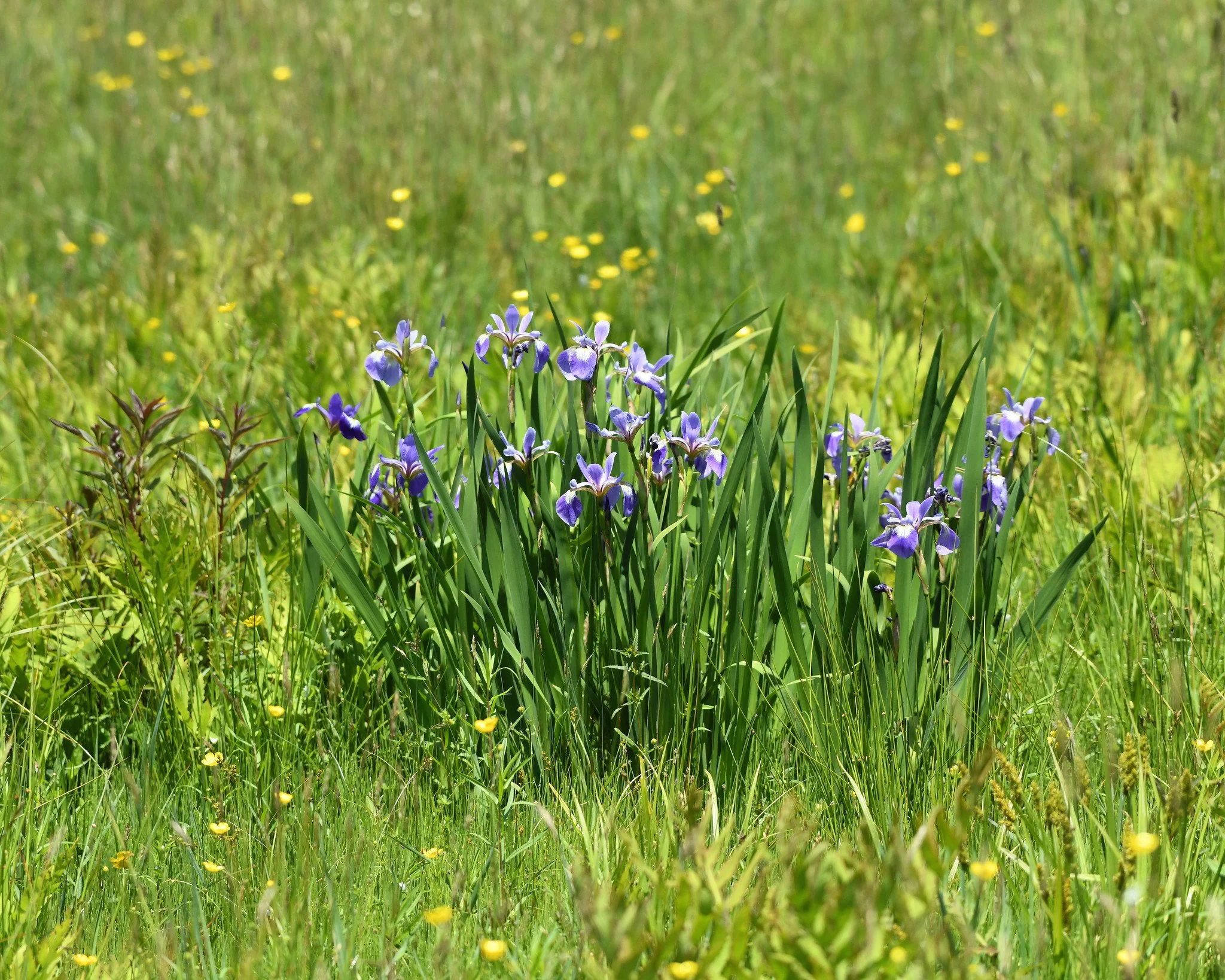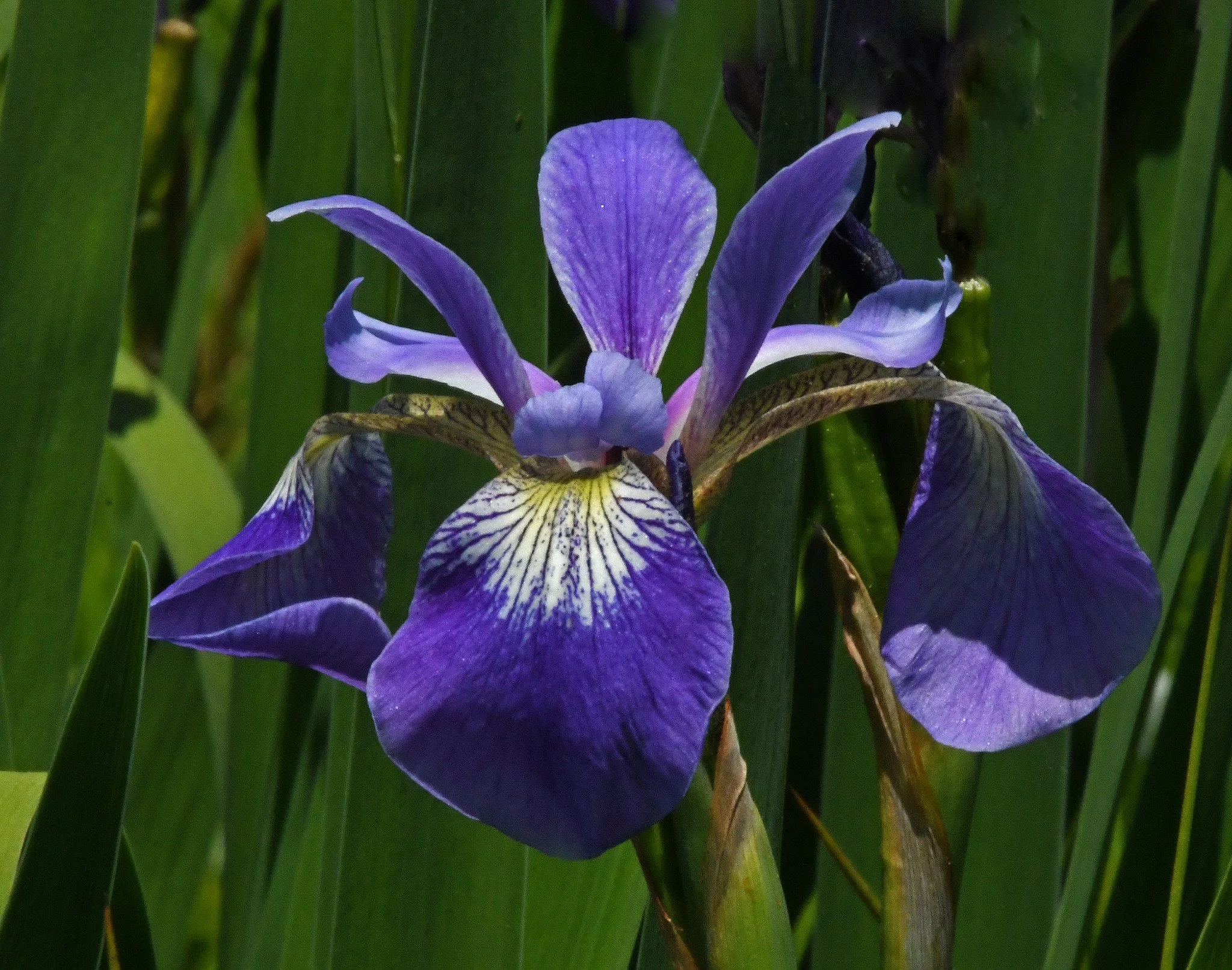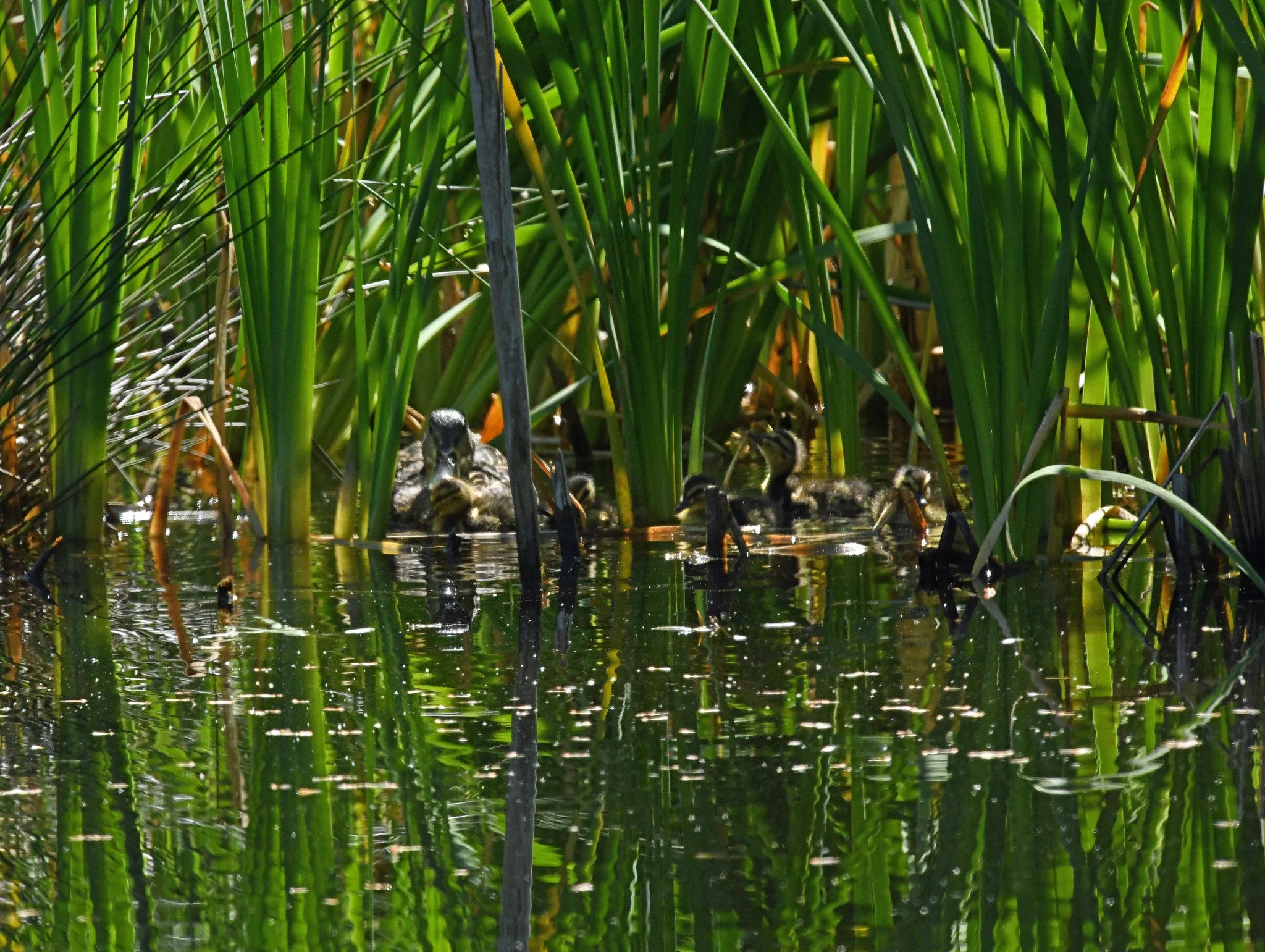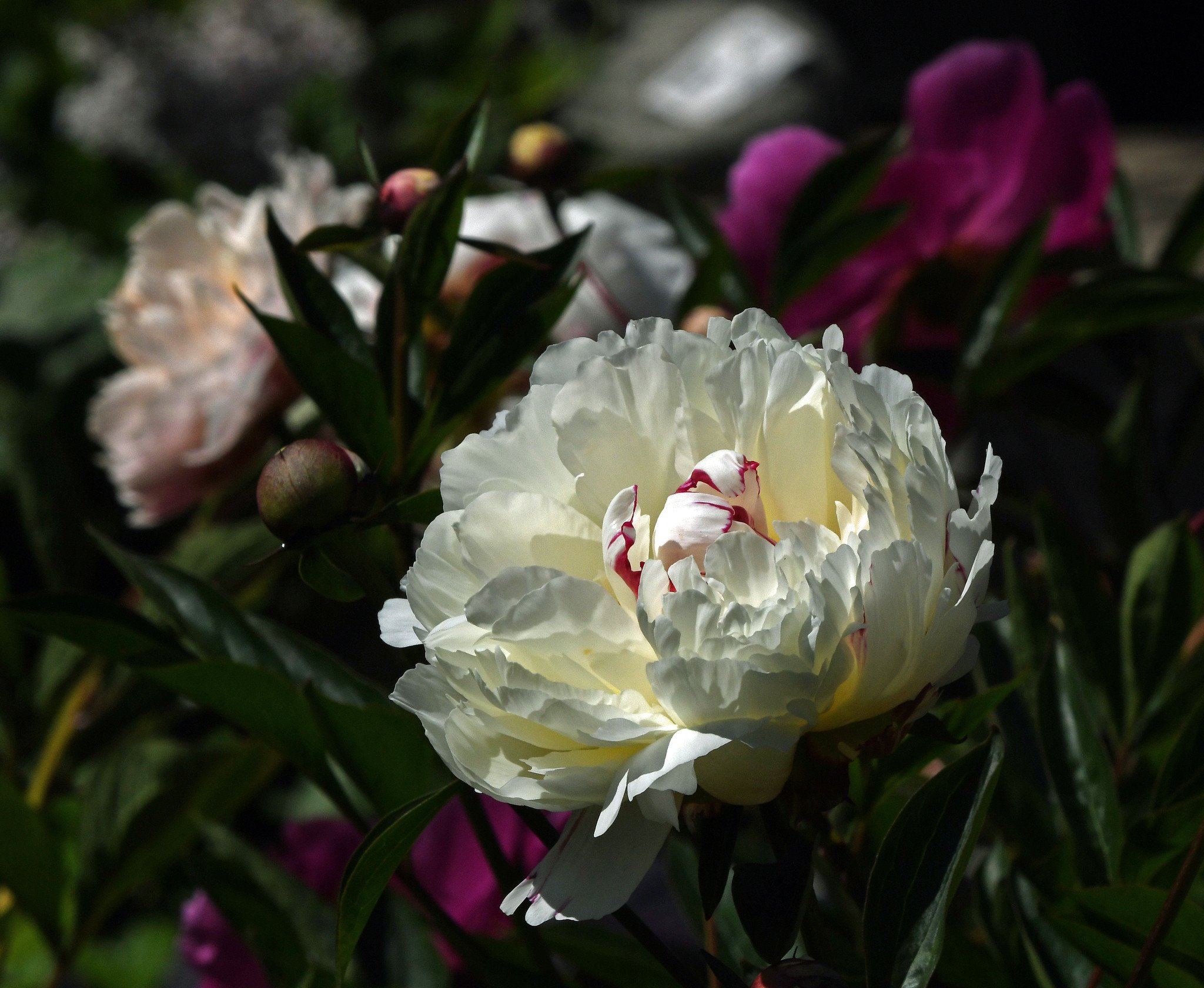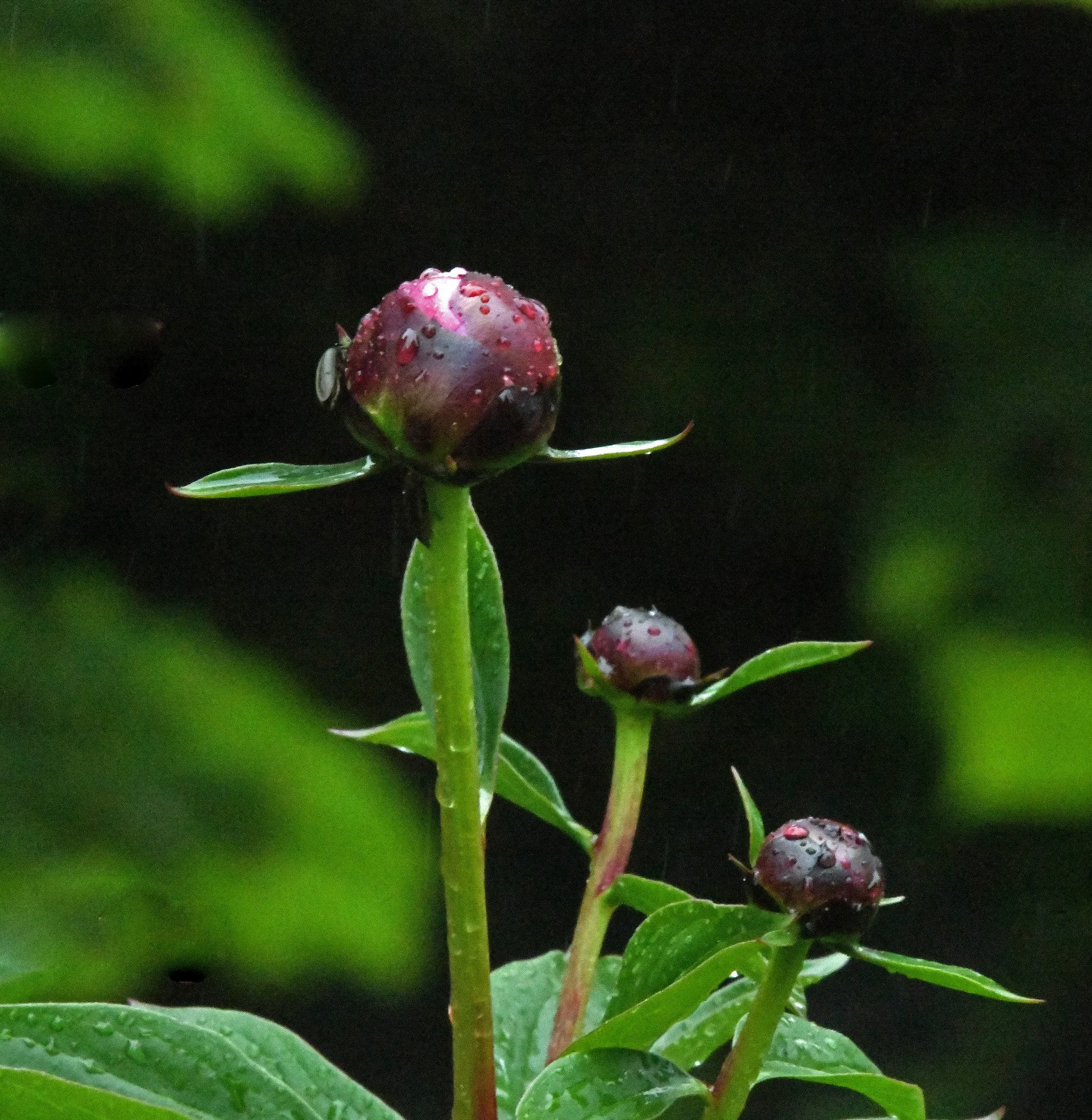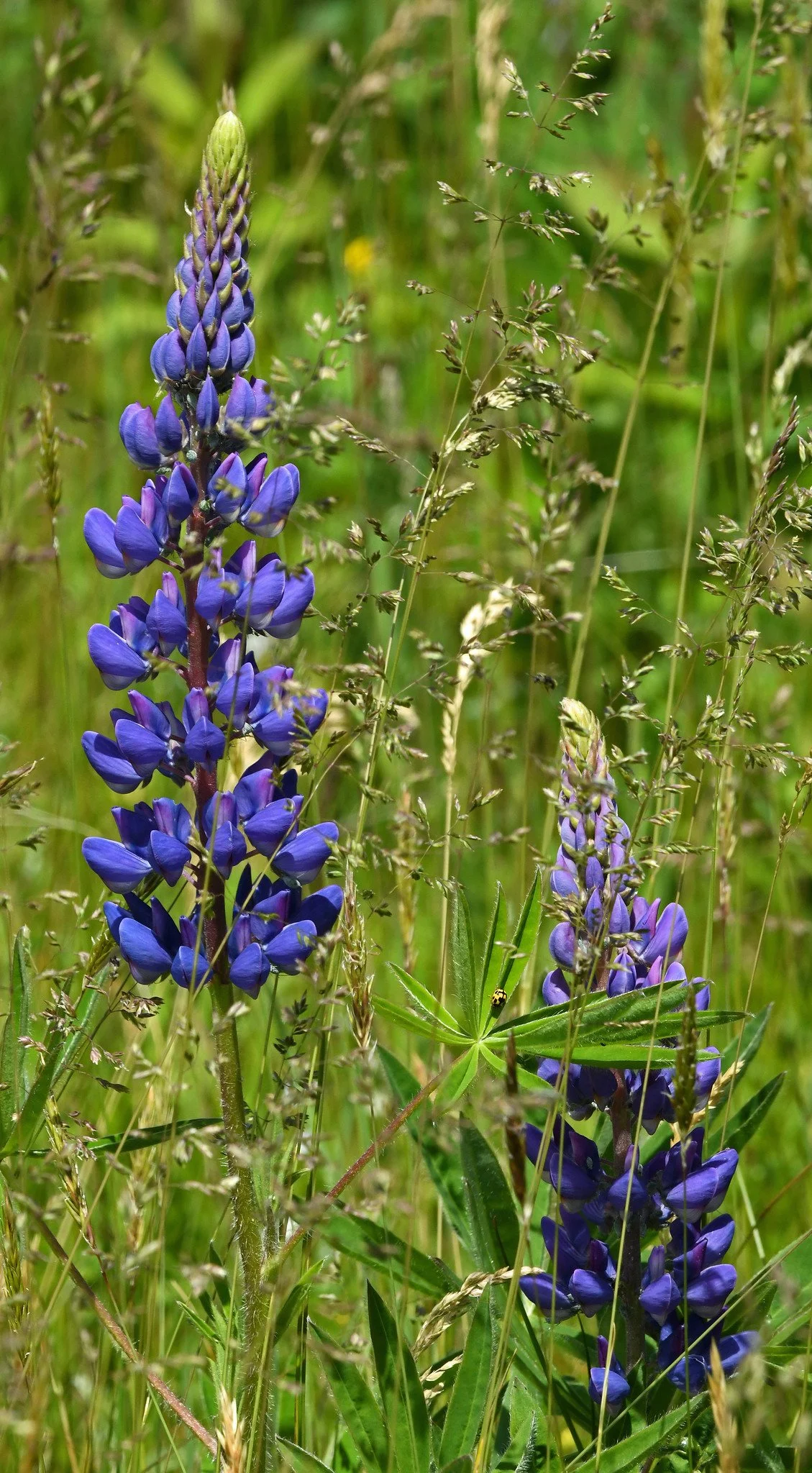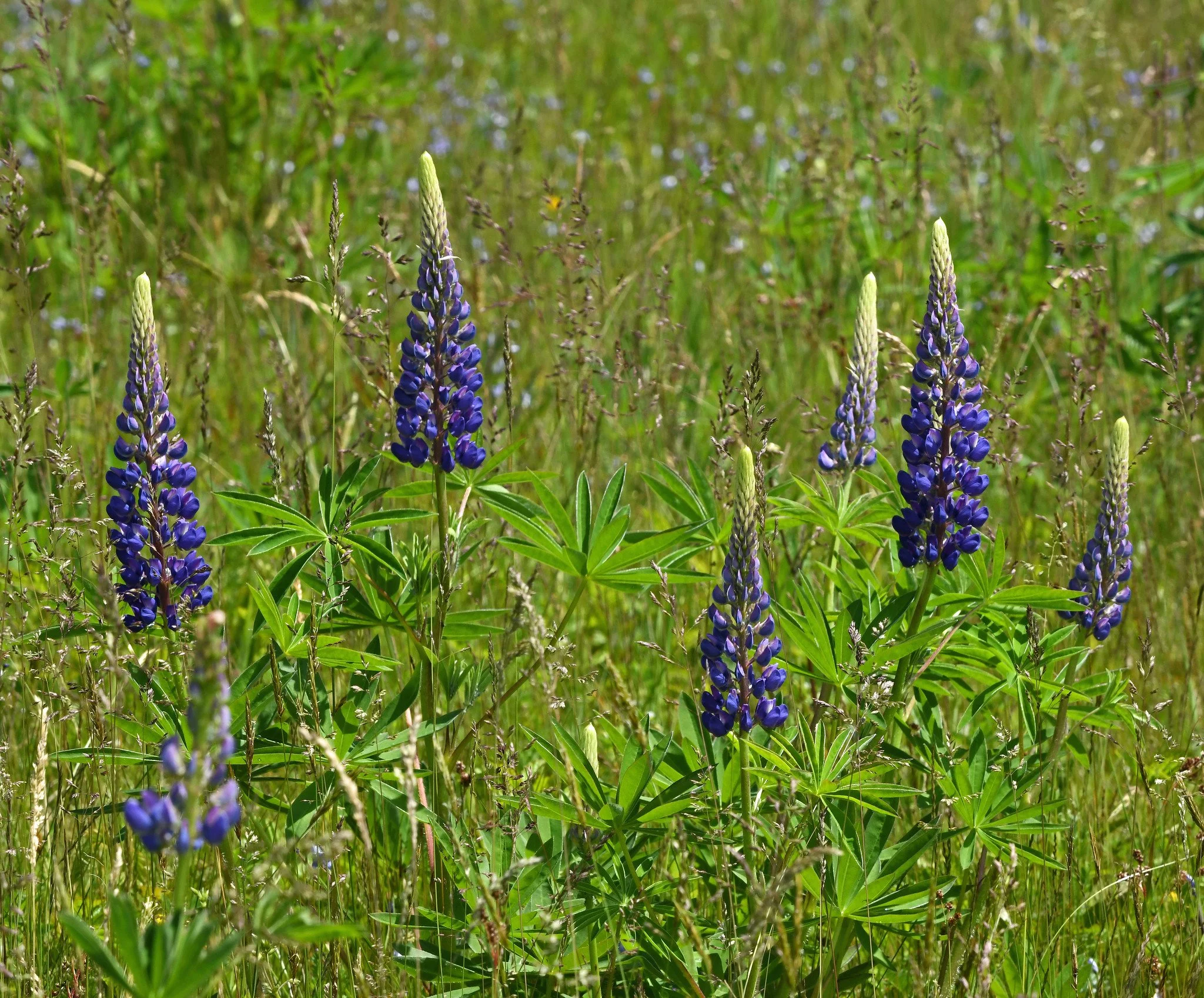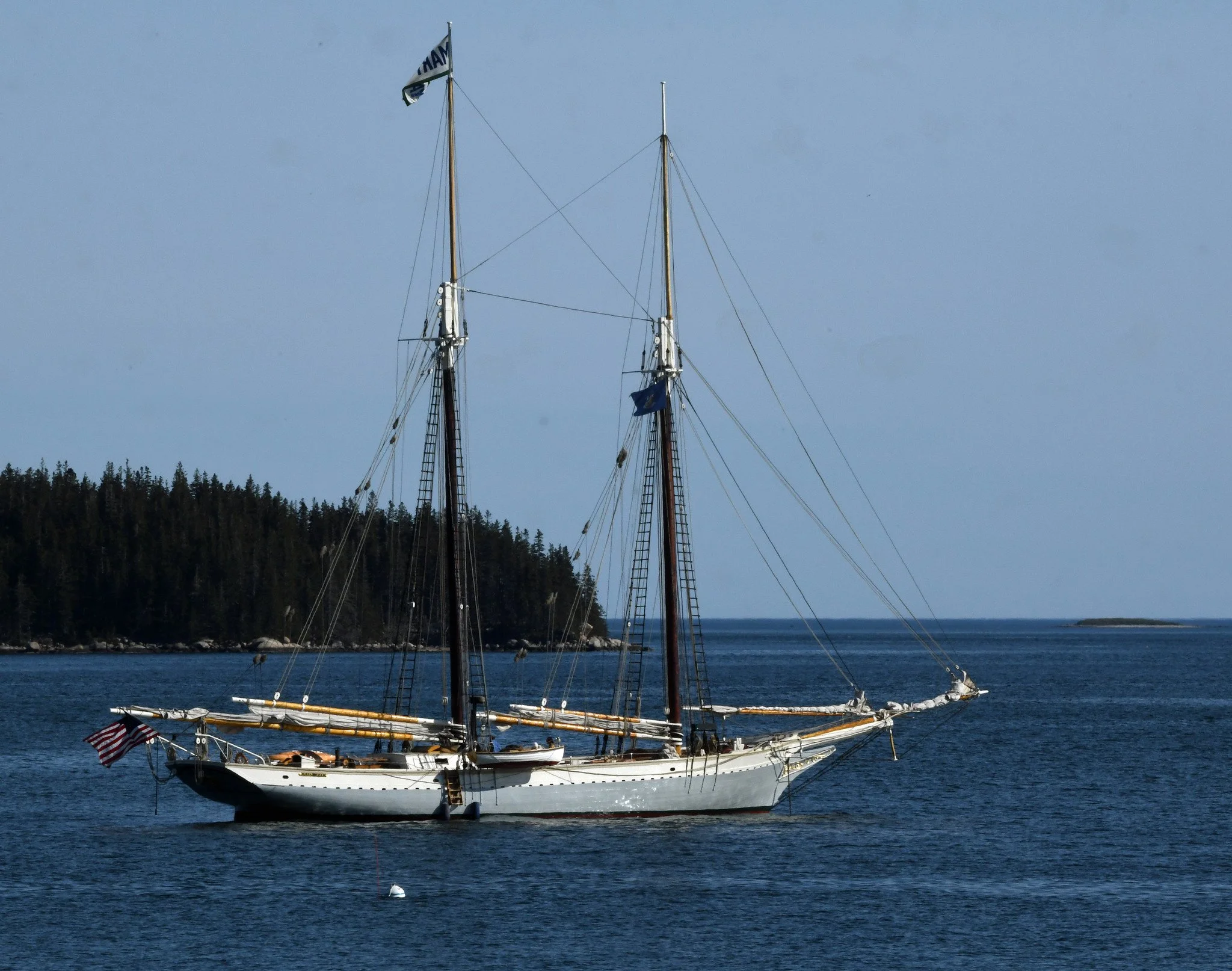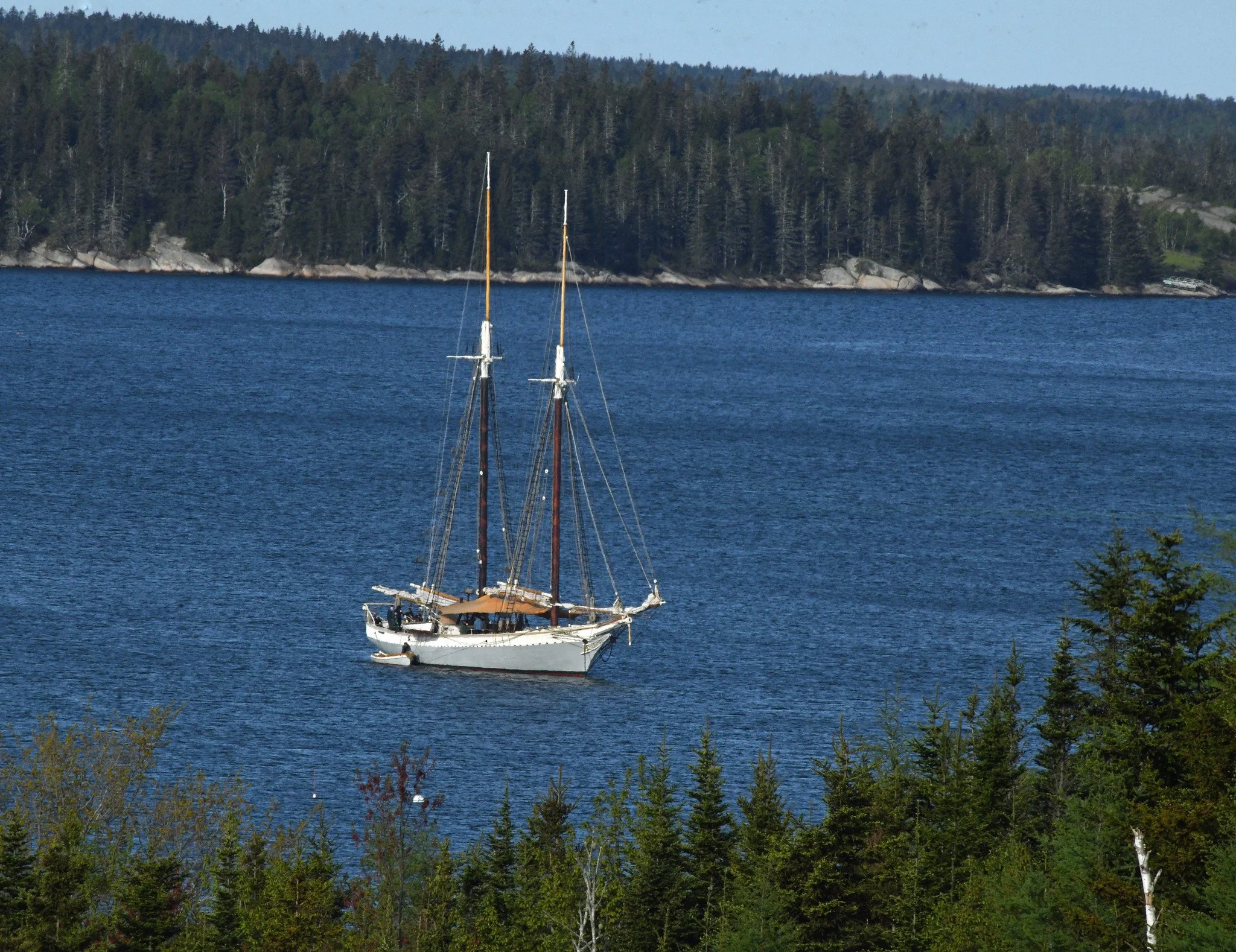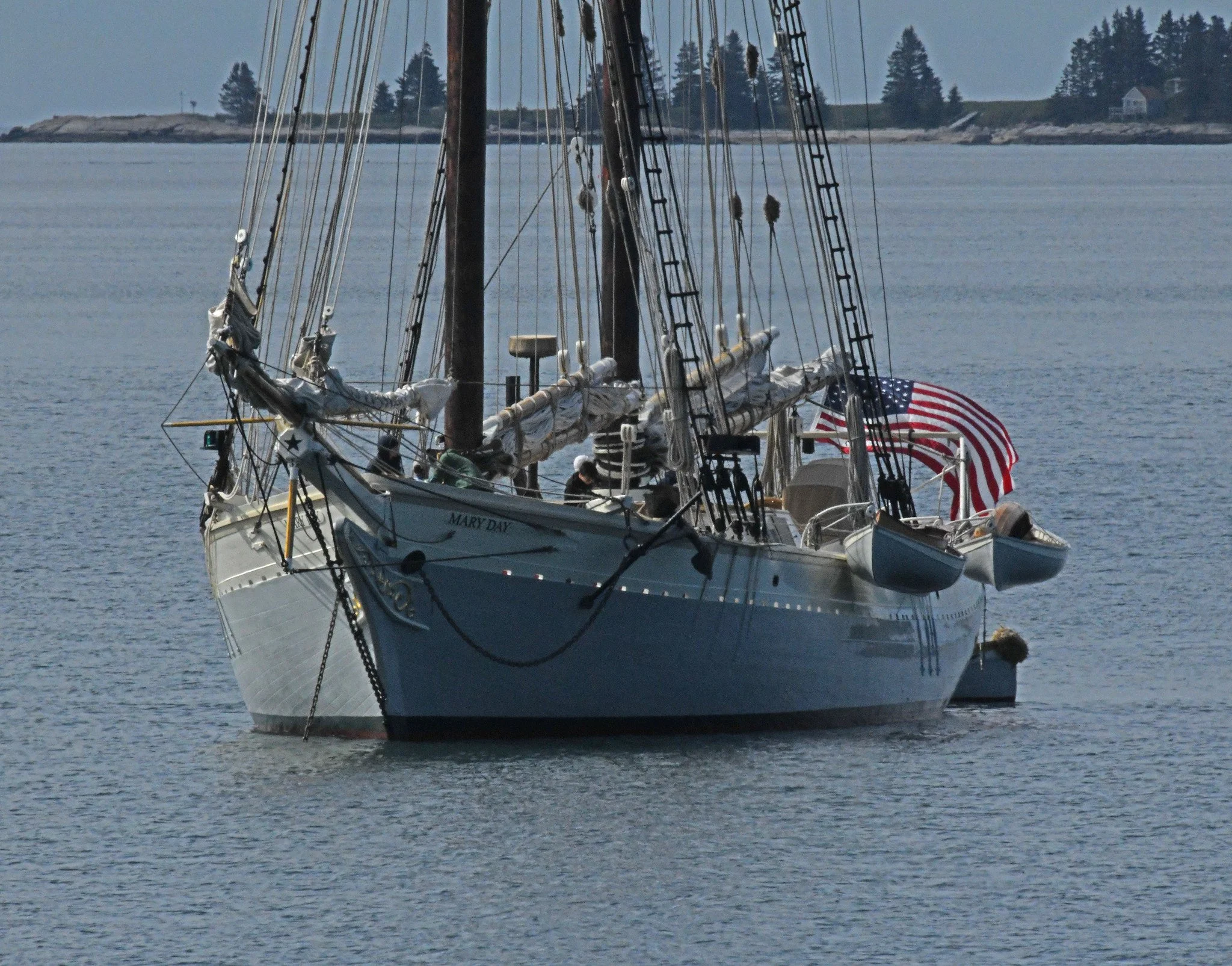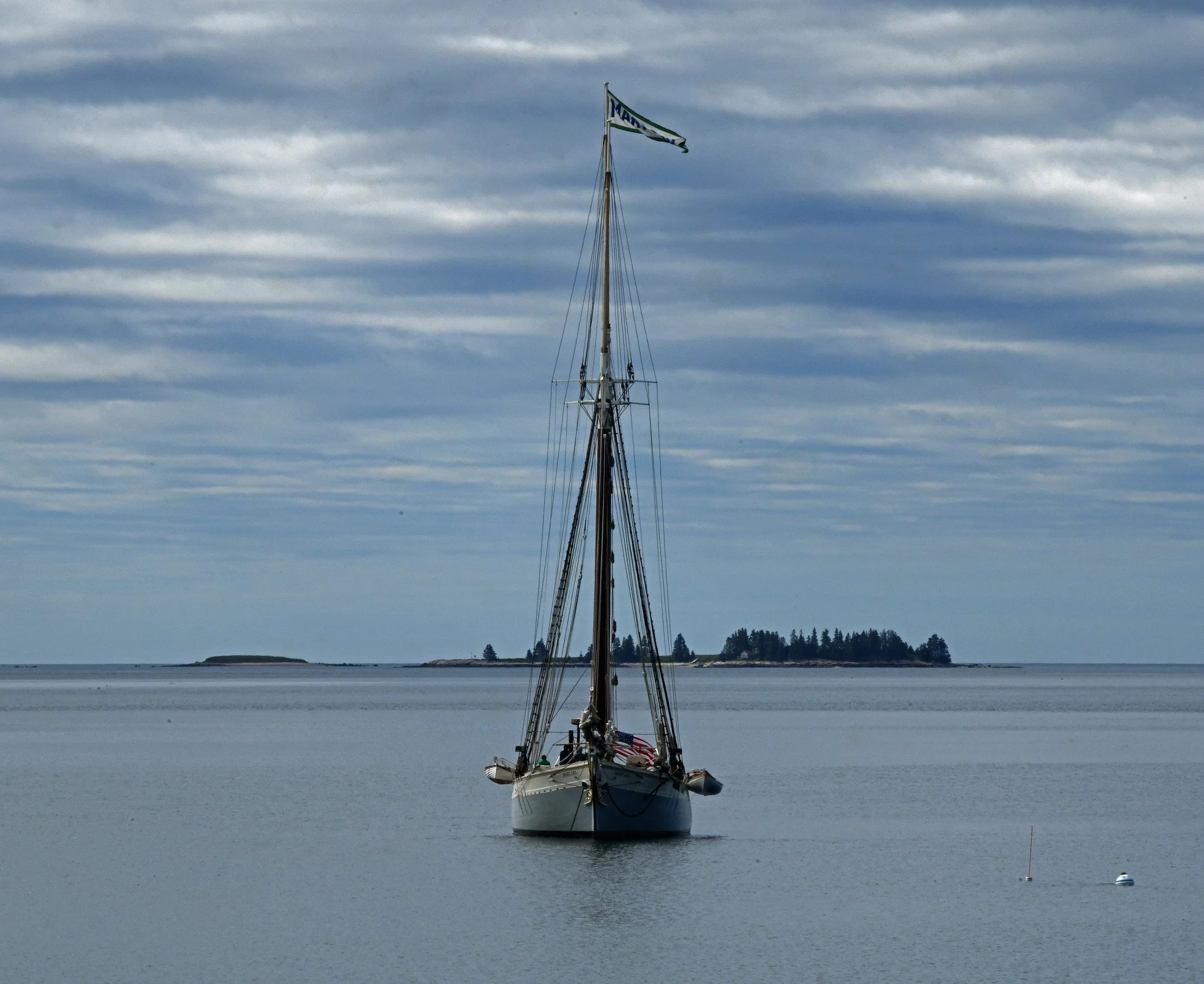Living on Great Cove is like having a subscription to the world’s best streaming service. It’s an enchanted cove with many moods that can transform itself and everything in and around it. One of the best of those bewitching times is early on a clear, windless morning when the first light is sliding slowly across the Cove’s still waters.
That happened yesterday. The images here were taken then, but they can’t fully capture what the Cove does when it is in one of these moods. It seemingly casts spells that turn its waters into sky and make its summer visitors simultaneously rise and hover while sinking and penetrating the depths below. For example, here’s Jesse, a 12-foot catspaw sailing dingy belonging to the WoodenBoat School:
Below is the Belford Gray, a 20.5-foot Friendship sloop that was built at WBS and is now used there for sailing classes and, beneath that image, is an image of the Belford Gray and Jesse, with WBS’s Fox in between. Fox is a Haven version of the Herreshoff 12.5-foot sailboat (waterline measurement).
Below, you’ll see Martha. She’s a 20-foot Crocker pocket cruiser designed by Joel White (the famed Brooklin naval architect) for his father (the even more famous Brooklin author E.B. White). Martha is now owned by Rich Hilsinger, the recently retired WBS director.
Below is Big, a 9.5-foot nutshell sailing pram owned by WBS, followed by an image of Nomaste, a cabin cruiser out of Bucks Harbor, Maine, that was in the Cove yesterday:
(Images taken in Brooklin, Maine on June 12, 2022.)







